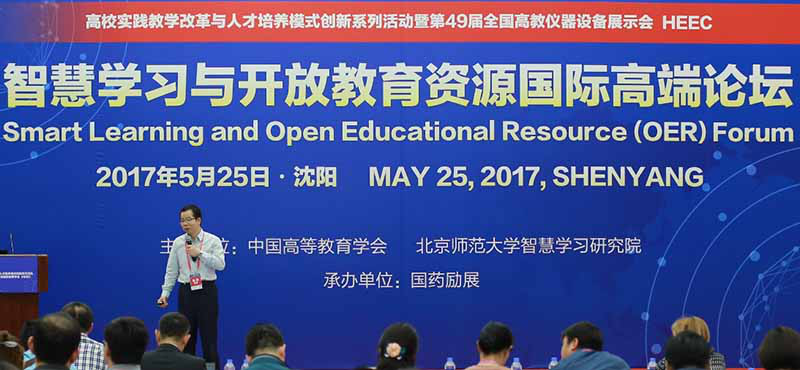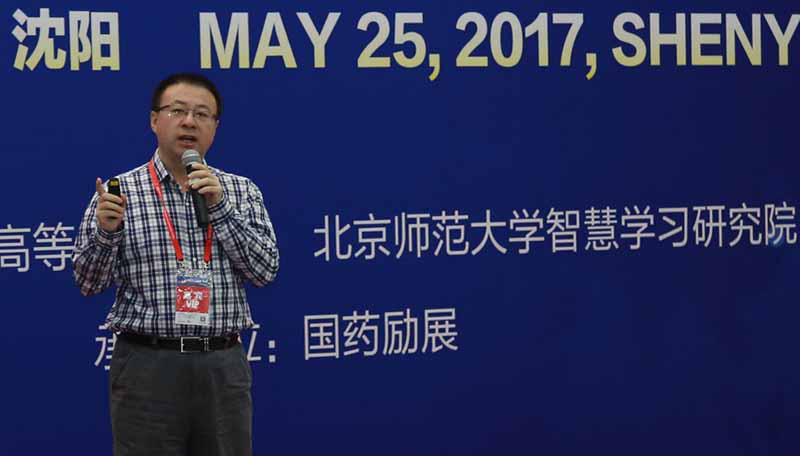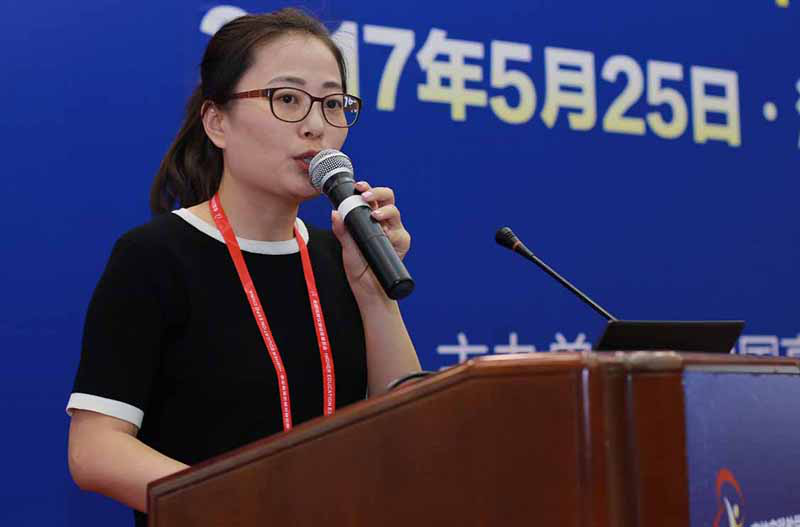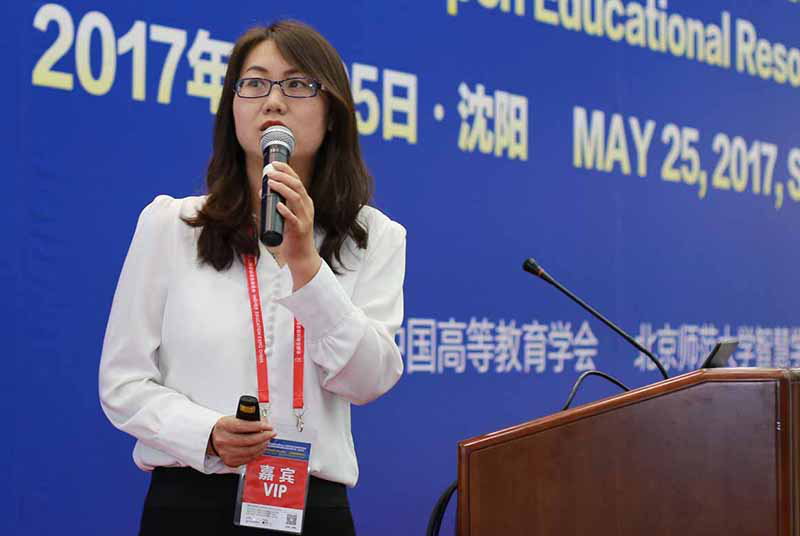White Paper: Smart Learning Environments in China 2016 was Released in Shenyang
date:2017-05-26 09:00author:小编source:Smart Learning Instituteviews:
On May 25, Smart Learning Institute of Beijing Normal University released White Paper: Smart Learning Environments in China 2016 (White Paper 2016) in Smart Learning and Open Educational Resources Forum that was held in Shenyang International Exhibition Center.

The meeting with directors of Ministry of Education and Information Technology Department of Sri Lanka
Since the release of White Paper: Smart Learning Environments in China 2015 (White Paper 2015) in September 2015, relevant concepts on smart learning and its environment arouse great discussion, and people pay much more attention to the construction of smart learning environment in their cities. Then what on earth is smart learning? How to evaluate the planning and construction from the perspective of smart learning?
Based on the research achievements in White Paper 2015, White Paper 2016 interprets the national strategy of smart city and educational information and analyzes the status and function of educational information. Through studying some typical cases of the relevant fields at home and abroad, White Paper 2016 reviews the planning and construction of smart city from the perspective of smart learning and puts forward the strategy, process and evaluation method of smart learning for Chinese cities.
During the conference, Ronghuai Huang, Dean of Smart Learning Institute of Beijing Normal University, Professor Haiguang Fang, leader of the project, Shuping Wu, core member of the project group and Yanli Jiao, Senior Project Manager of Smart Learning Institute of Beijing Normal University released White Paper 2016 on behalf of the project group. In the book, they put forward 10 viewpoints on the development of smart learning environment in China, which is the important results in White Paper 2016. The ten views are:
1) Life-wide learning is the core concept related to the learning society since the concept of lifelong learning (education), which depends on the effective support of smart learning environment. Smart learning, together with smart travelling and smart living constitutes the livable experience of the public, and the development of citizens’ livable experience and cities’ innovative vitality are dual-core systems in building smart cities.
(2) Being the common drive of the construction of smart cities and education information, “Internet+” strategy enables the connection of city construction and information construction in campuses, and they have a trend of integration.
(3) With the support of relevant national policies, the construction of the information environment in schools, families and communities will be further strengthened and may become three typical smart learning environmental fields, which makes the urban smart learning environment develop in a systematic way.
(4) The main areas of learning in the city include five kinds of relatively isolated places, such as schools, families, communities, public places and the workplace. They also include four subdivisions and extended places, such as classrooms, museums, school districts and rural areas. Such division method provides a framework for the design and evaluation of urban smart education.
(5) From the perspective of policies, the focus on the construction of digital campus is shifting from campus management and system construction to campus resources and service construction. It is the first time to mention smart city in relevant documents on educational equipment of primary and high school. From the perspective of practices, there are signs of interconnection in terms of knowledge, information and resources among classes, schools and the society.
(6) Family education has now become a hot issue of social concern and has gained support from top leaders and related policies. Network, digitalization and mobile media have gradually become the support of family education and a new area of industrial development.
(7) Targets of community education are expanded from former adolescent moral education to current national lifelong and life-wide education to all the citizens in all aspects. With the advancement of urbanization, rural community education has become an integral part of community education. Community education is not only a carrier of the learning city, but also an important way to innovate social management.
(8) The level of information compulsory education in rural areas has been gradually enhanced, and the integration of information technology and the education has been strengthened. The "three links and two platforms" project gives much more consideration in rural areas, remote areas, poverty-stricken areas and minority areas.
But the level of rural education development is still far behind the urban areas, especially in education information, resource allocation, teaching staff and other aspects.
(9) Across the country, museums and public libraries in eastern areas are more convenient for public use. Museum-learning has become an important part of lifelong education and plays a significant role in smart learning, improving the quality of public knowledge on science and technology and enhancing national soft power.
(10) With the further deepening of the construction of smart cities, network coverage will be larger and access to information will be more convenient, making public places become areas for informal learning, fragmented learning and implicit learning.

Leader of the project, Professor Haiguang Fang

Shuping Wu, core member of the project group

Senior Project Manager Yanli Jiao
Smart learning is the foundation of the healthy development of smart city and also one of the goals in developing smart cities. Building smart cities is the future trend and also one of our national strategic newly emerging industries. It is of great significance to construct smart cities in realizing the sustainable development of cites and leading the application of information technology and enhancing the comprehensive competitiveness of the cities.
After the conference, some well-known experts from Central and Eastern Europe and domestic famous guests participated in a series of high-end forums focusing on smart learning and open educational resources.

